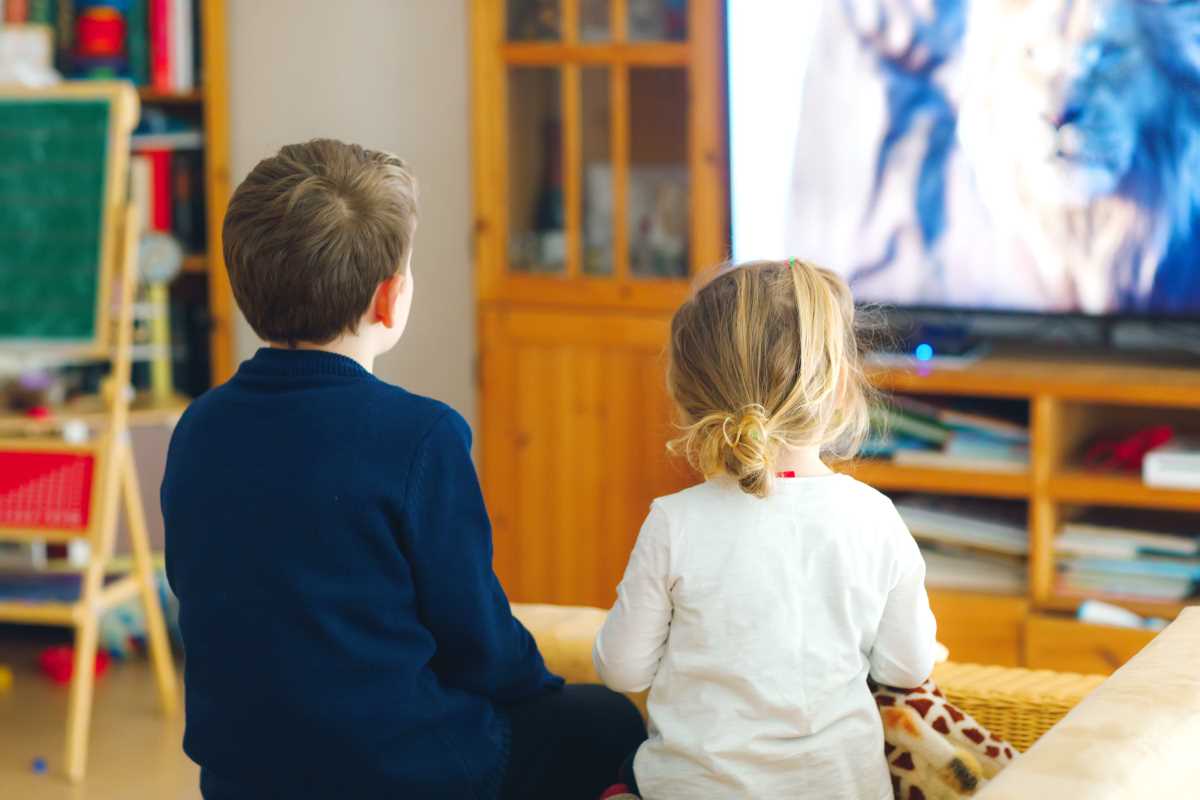Every parent marvels at their baby's little sounds and gestures, often wondering how these primitive forms of communication evolve into the rich language skills they will eventually develop. Understanding how communication develops in these early stages can not only demystify this fascinating process but also empower parents to engage in their child's linguistic growth actively.
The Evolution of Baby Babble
Babbling is a fundamental step in language acquisition. It marks the beginning of infants' experimentation with sounds, setting the foundation for future verbal communication. This phase isn't just random noise; it's a critical stage in which babies explore their vocal abilities and mimic the sounds they hear in their environment.
- Cooing (0-3 months): Babies start by producing simple vowel sounds like "oo" and "ah". This stage is primarily about exploring their vocal range and beginning to engage with those around them.
- Gurgling (3-6 months): The variety of sounds increases, with more complex gurgles and buzzes emerging as infants interact more with their surroundings. They begin to respond to sounds made by others, fostering interactive communication.
- Babbling (6-9 months): Repetitive consonant-vowel combinations like "ba-ba" or "da-da" start to appear. This stage shows a baby’s growing ability to control their vocal cords and produce distinct sounds.
- Variegated Babbling (9-12 months): Babies begin mixing different sounds and tones, creating more complex sequences. This variation indicates a deeper understanding and imitation of the speech patterns they hear daily.
These stages collectively contribute to a child's early communication skills, essential for linguistic and cognitive development.
The Role of Parents in Communication Development
Parents play a pivotal role in nurturing their baby's communication abilities. Regular interaction, such as talking, reading, and singing, provides the necessary exposure to language and encourages babies to mimic sounds and gestures. This consistent engagement enhances communication skills and strengthens the parent-child bond.
Parents can create a supportive environment that fosters confidence and an eagerness to express themselves by responding to their baby's attempts to communicate. Simple actions like maintaining eye contact during conversations or responding promptly to babbling signals can significantly influence a child's willingness to communicate.
Understanding Milestones in Baby Communication
Recognizing and understanding communication milestones can help parents track their baby's development and identify any areas that may need extra attention. These milestones indicate a child's progress in their ability to understand and use language effectively.
- First Smile (around 6 weeks): The earliest social smiles show a baby's ability to engage with others, a foundational step in social communication.
- Coos and Laughs (2-3 months): Expressive sounds emerge, indicating enjoyment and a desire to interact.
- Babbling (6-9 months): Repetitive babbling sounds like "ma-ma" or "da-da" demonstrate growing vocal skills and the intent to communicate.
- Understanding Simple Words (9-12 months): Babies start to associate words with their meanings, such as recognizing their name or understanding commands like "no."
- First Words (12 months): The transition from babbling to speaking actual words marks a significant leap in communication capability.
Practical Tips for Encouraging Communication
- Talk Regularly: Frequently conversing with your baby, describing your actions and surroundings to provide language exposure.
- Read Together: Introduce books early on to stimulate interest in stories and vocabulary.
- Sing Songs: Incorporate music and nursery rhymes to make learning fun and memorable.
- Use Gestures: Pair words with actions, such as waving goodbye or clapping hands, to reinforce understanding.
- Respond Promptly: Acknowledge your baby's attempts to communicate by responding with smiles or words to encourage further interaction.
- Limit Screen Time: Encourage direct interaction over passive watching to enhance active language use.
Implementing these strategies can create a rich linguistic environment that supports your baby's current communication needs and sets the stage for future language development.
Nurturing your baby's communication skills is a rewarding journey that lays the foundation for their lifelong ability to express themselves and connect with others.
 (Image via
(Image via





